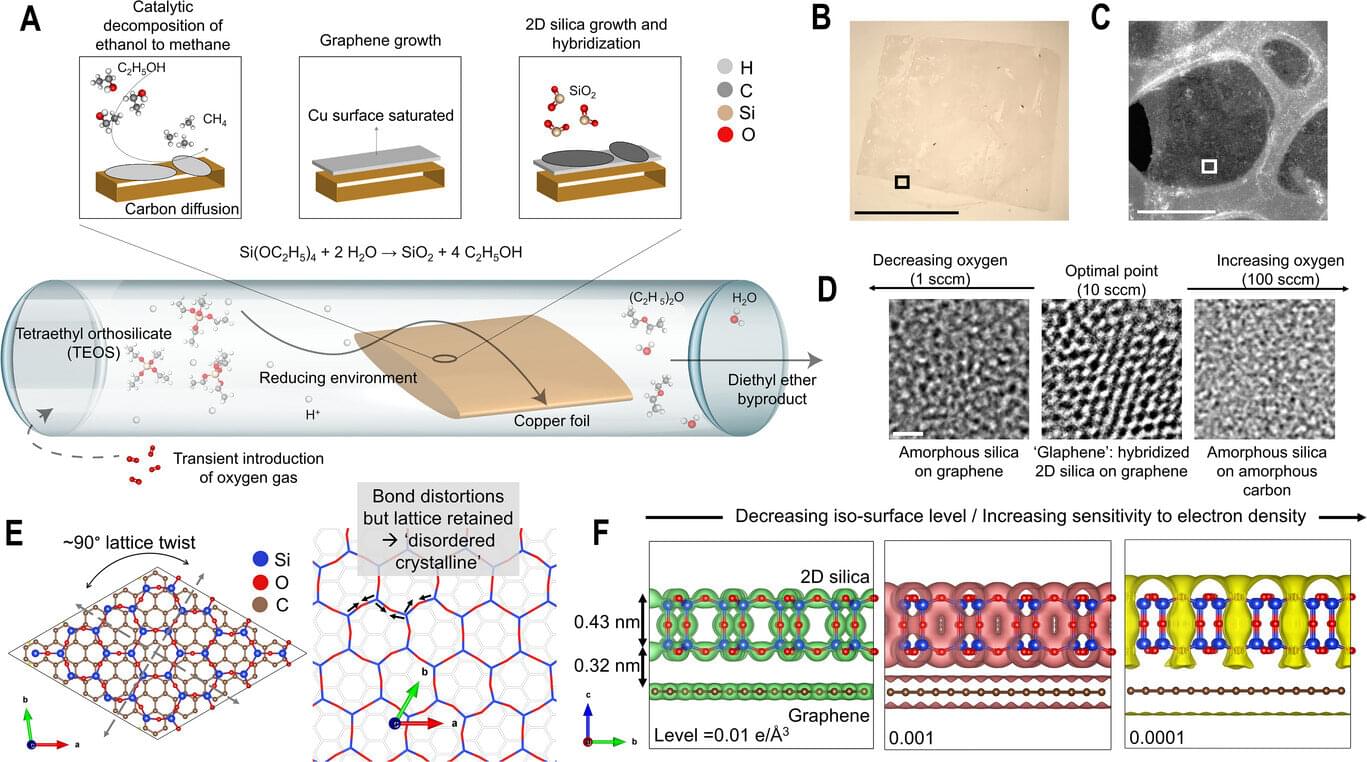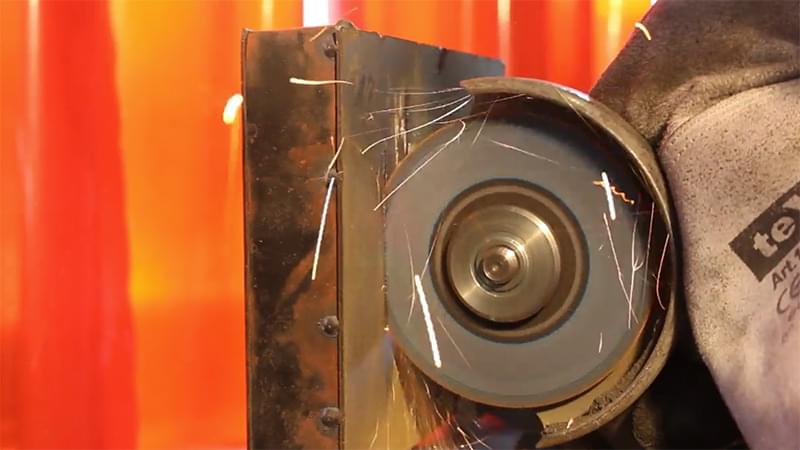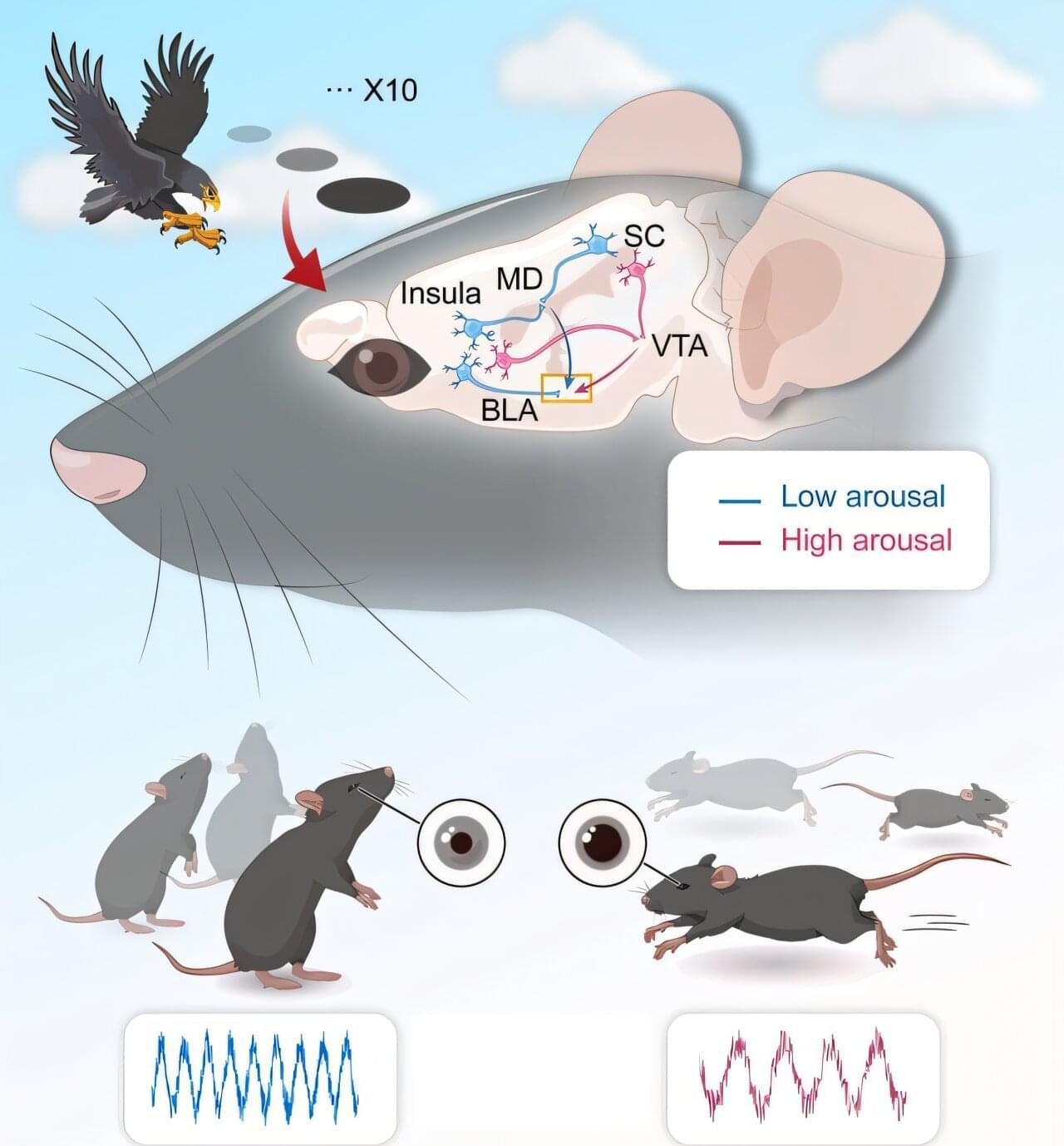While many associate account takeovers with personal services, the real threat is unfolding in the enterprise. Flare’s latest research, The Account and Session Takeover Economy, analyzed over 20 million stealer logs and tracked attacker activity across Telegram channels and dark web marketplaces. The findings expose how cybercriminals weaponize infected employee endpoints to hijack enterprise sessions—often in less than 24 hours.
Here’s the real timeline of a modern session hijacking attack.
Infection and Data Theft in Under an Hour.







